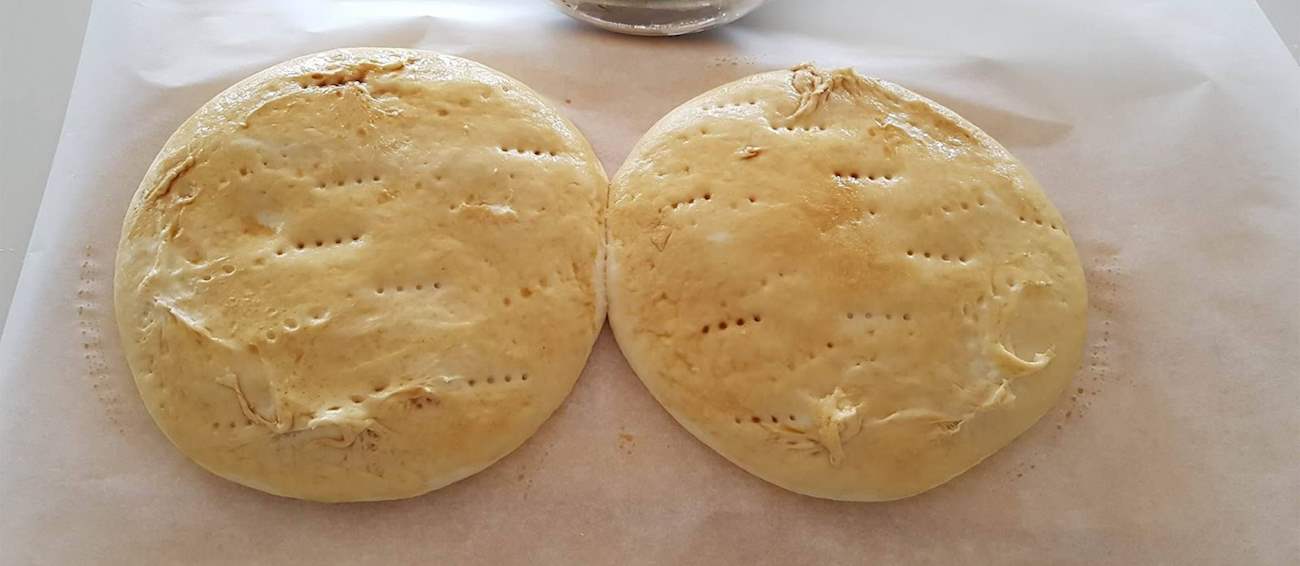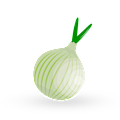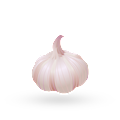Kabritu stoba is a traditional goat dish originating from Bonaire. The stew is usually made with a combination of goat (or lamb), butter, onions, garlic, tomatoes, tomato paste, lime juice, jalapeños, beef stock, paprika, white vinegar, salt, and pepper.
The meat is cut into cubes and seasoned with lime juice, then sautéed in butter until it's browned on all sides. The remaining ingredients are added to the pan and simmered shortly before the dish is transferred to the oven, where it's covered and baked for less than an hour.
MAIN INGREDIENTS
Bonchi kora is a traditional dish originating from the islands of Aruba, Curaçao, and Bonaire. The soup consists of red kidney beans, corned beef, pork tail, onions, nutmeg, butter, garlic, and sugar. The meat is placed in water overnight in order to remove some of the salt.
On the following morning, the meat is boiled until soft. The beans and garlic are boiled and mixed with the onions, nutmeg, and meat, then simmered with butter and sugar until everything is tender and fully cooked. Once done, bonchi kora is traditionally served with bread, rice, or funchi (local polenta).
MAIN INGREDIENTS
Tutu is a traditional dish in Curacao, Aruba, and Bonaire. It is prepared with cornmeal, butter, garlic, black-eyed peas, onions, nutmeg, and coconut milk. The combination of these ingredients is mixed with a lélé until the dish becomes thicker and has a stiff consistency.
Once it has been prepared, tutu is usually served as a side dish accompanying various dishes and ingredients, such as codfish or cheese.
Pan será is a traditional bread from Curaçao consisting of flour, yeast, sugar, margarine, and water. It is usually shaped into round buns that are baked until they develop a shiny, brown crust, which is a result of brushing the dough with egg wash or milk wash.
The bread has a dense texture due to the minimal usage of yeast, and it is characterized by fork prick marks on its surface. It is usually consumed plain or paired with avocado slices, salami, eggs, and salt fish.
TasteAtlas food rankings are based on the ratings of the TasteAtlas audience, with a series of mechanisms that recognize real users and that ignore bot, nationalist or local patriotic ratings, and give additional value to the ratings of users that the system recognizes as knowledgeable. TasteAtlas Rankings should not be seen as the final global conclusion about food. Their purpose is to promote excellent local foods, instill pride in traditional dishes, and arouse curiosity about dishes you haven’t tried.












